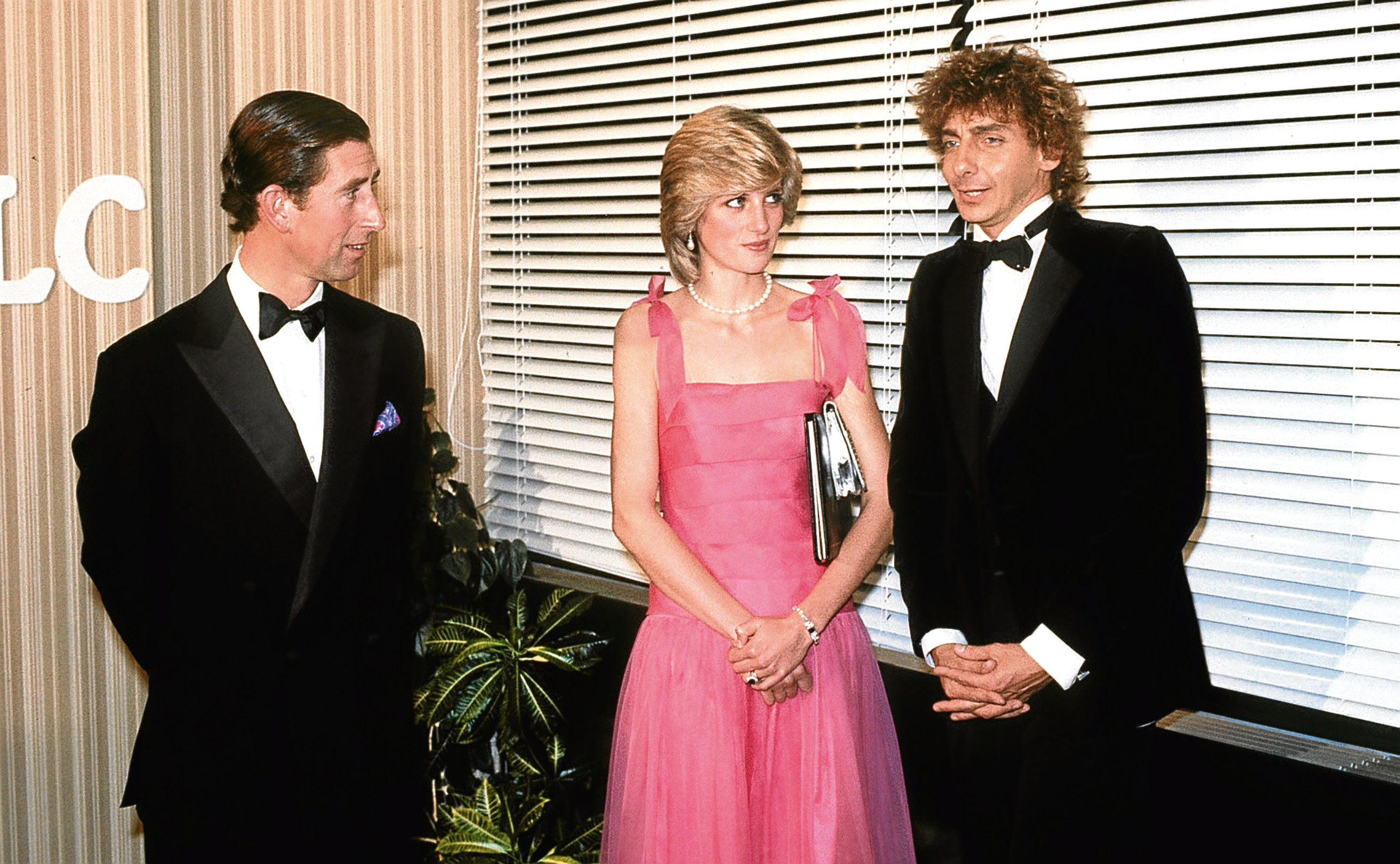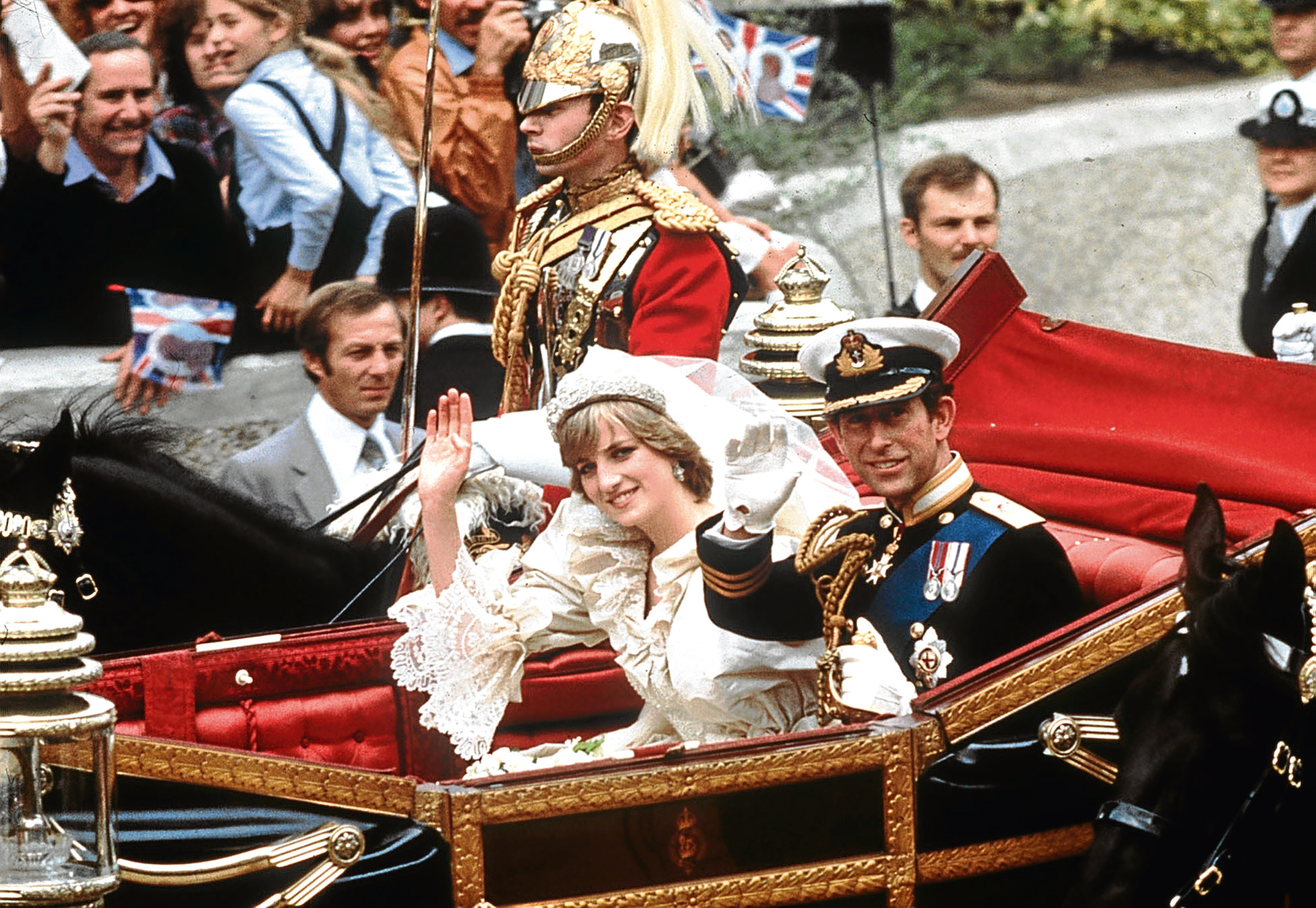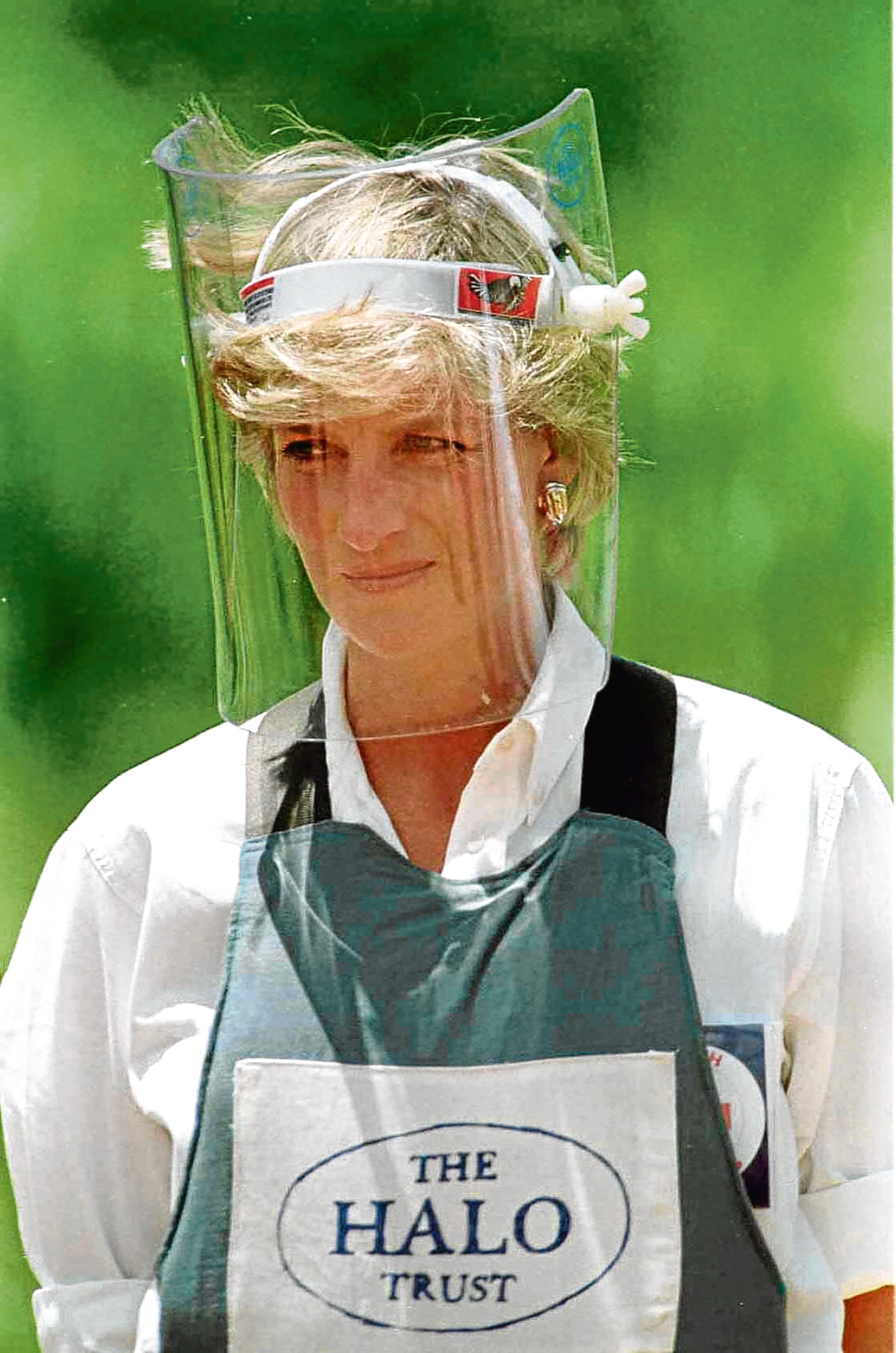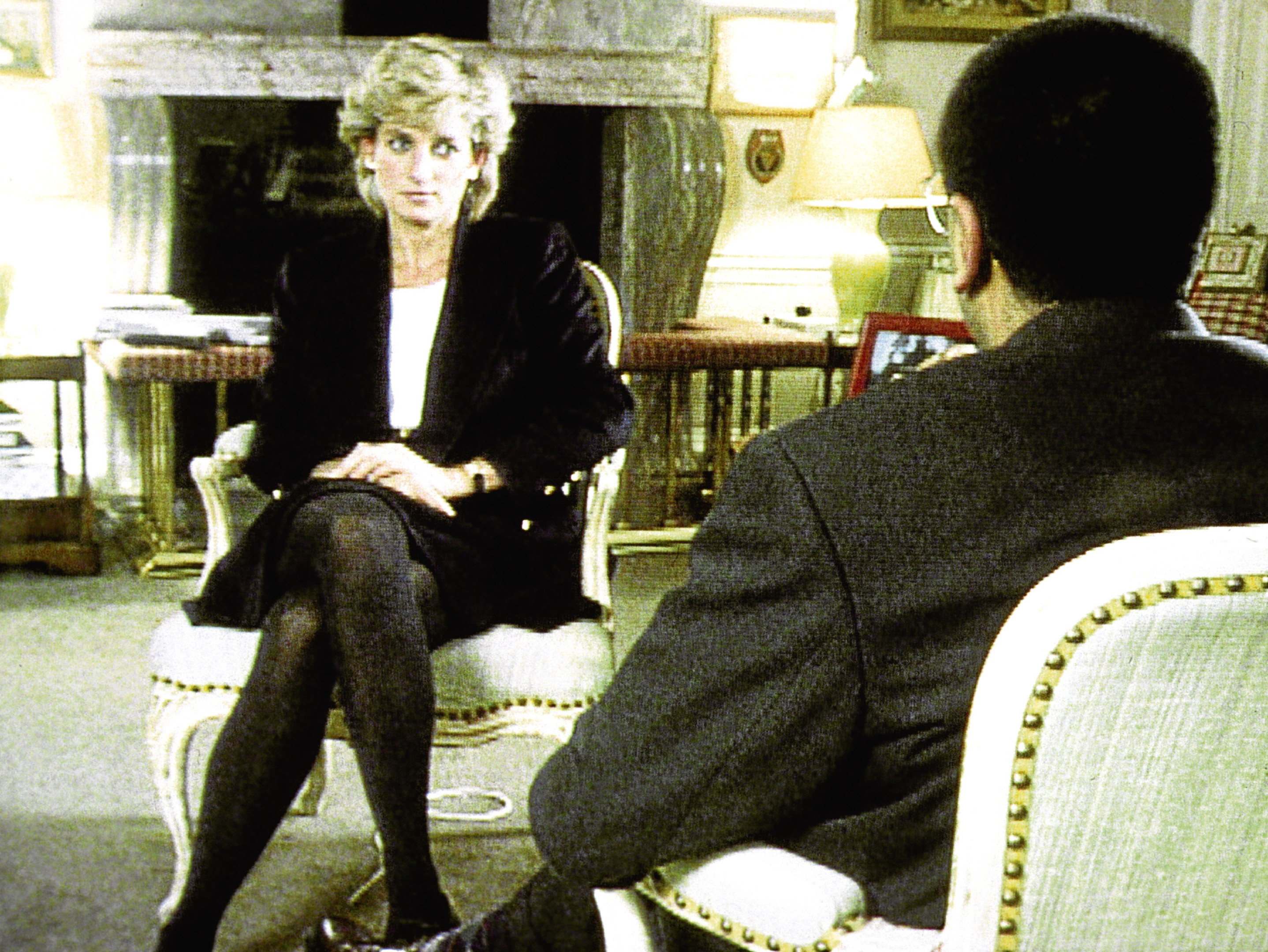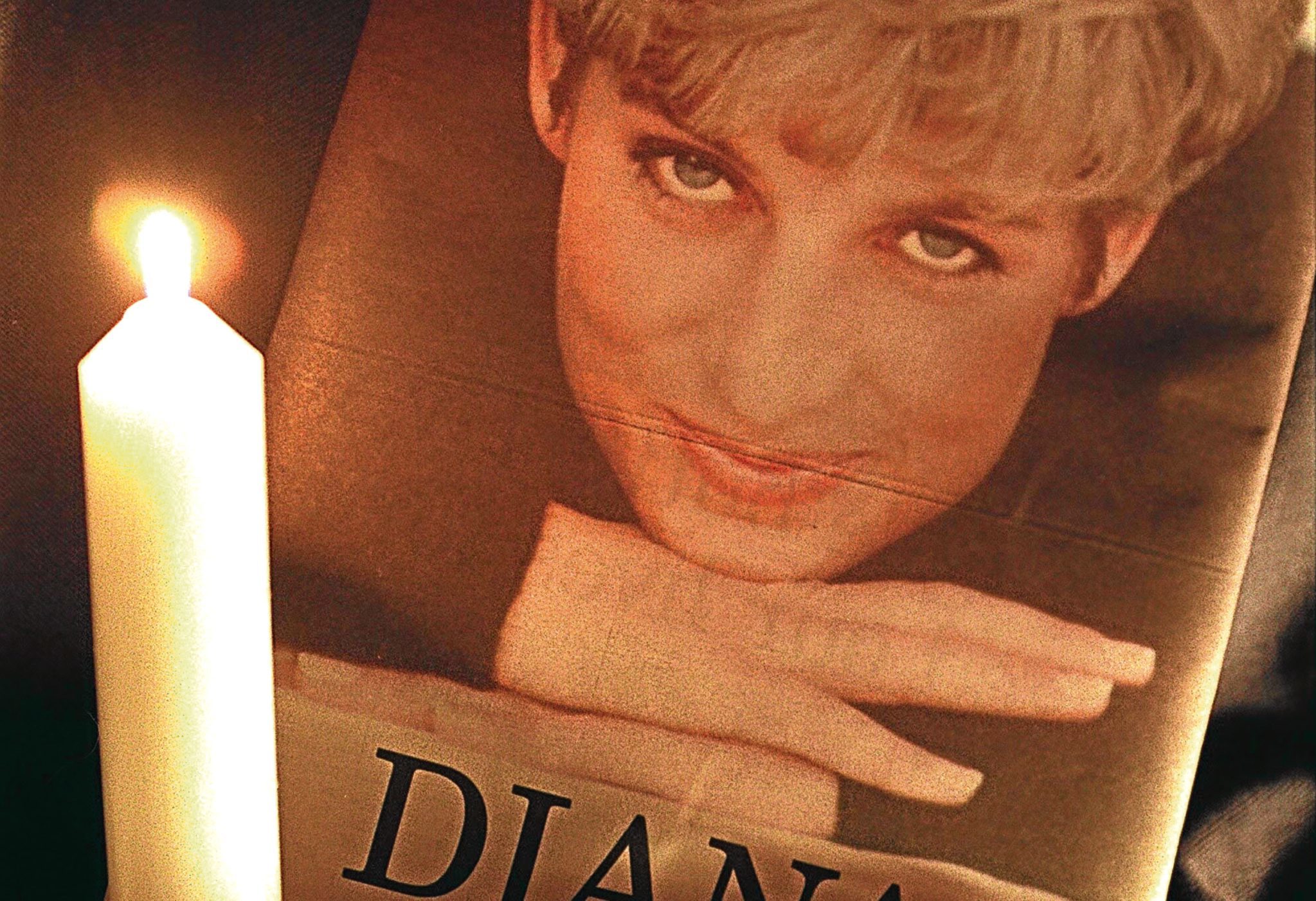
WITH the world watching, it was understandable that Diana fluffed her vows, accidentally calling her bridegroom the wrong name — Philip Charles instead of Charles Philip.
Less than a year later, on June 21, the couple welcomed their first son, and future King, William.
It must have been a relief to Diana as a fall down the stairs when she was 12 weeks’ pregnant had required a check-up by the doctor.
Andrew Morton’s book, Diana: Her True Story, claimed Diana had confessed to the biographer that she’d been at her wits’ end and thrown herself down the stairs.
The book further suggested the Queen was livid with fear and that Charles, indifferent to her behaviour, had gone for a walk.
One of the royal footmen — who witnessed the event — claimed this was untrue, saying she hadn’t fallen far.
“In fact, she did not fall down the whole stairs, but only three steps,” he said.
“Of course, Prince Charles was very worried. He did call a doctor because she was pregnant, to know if the baby was OK. Later, this story was interpreted as a suicide attempt. This is nonsense. She fell on three steps.”
A second son, Harry, would join the family, of course, on September 15, 1984, and even Diana’s critics could see how much she doted on her children. She would do anything for them.
While Shakespeare wrote of discontent as a monarch — “uneasy lies the head that wears the crown” — future King William must surely have revelled in some of the childhood memories Diana made possible.
An example of that came when William was 13 and had a crush on supermodel Cindy Crawford.
What do you do when your son develops a celebrity crush? Well, if you’re Diana, you invite that person to tea!
You can imagine how nerve-racking that kind of event might be, and Cindy revealed that when Diana invited her to Kensington Palace, she was worried about how it would go.
“I was like: ‘What do I wear?’ because I didn’t want to be too frumpy, but this was Kensington Palace,” she revealed.
“She was so lovely because she actually called my office herself. She said: ‘Hi, it’s Princess Diana’ and my assistant was like: ‘Yeah, right.’
“But it was, so I arranged to meet them at Kensington Palace. It was cool for me.
“It was a little awkward,” Cindy added. “He was a boy, so I didn’t want to look too trampy. But I didn’t want to look dowdy either.
“I somehow had to look supermodel for a kid.”
While inviting a supermodel to tea can hardly be described as something every parent can do, Diana did want her sons to be able to have an insight to regular life, taking them to McDonalds for food, to homeless shelters and also to AIDS clinics.
One of their most-famous days out was their trip to Thorpe Park, where the three could be seen laughing and having fun on the log flumes.
She loved spending time with her boys.
In fact, not only that, but Diana would arrange her public duties around her sons’ timetables.
It wasn’t the done thing for royals to be as hands-on with their children as Diana was, but she wanted her kids to have a wider range of experiences than most royal offspring, so she chose their first given names, picked a nanny of her own choice — rather than a royal one — and selected their schools and clothing.
She even did the school run when her timetable permitted it.
That schedule, however, could be pretty full at times, with Diana’s name associated with many different organisations.
She’d grown up wanting to be a ballerina, but at 5ft 10in, was too tall, and her life as a dancer became impossible, so she channelled her love for the art through her support for the English National Ballet, which she championed until her death.
There were, however, many more causes that she supported, perhaps her most publicised being her battle to have landmines banned.
Or failing that, perhaps the way that she was around people who were very sick is what sticks in people’s memories.
On several occasions, Diana met leprosy victims and shook their hands without wearing gloves, which served to dispel the long-held myth that the disease could be spread by touch.
She was always keen to do her bit to help others and at one point, auctioned off 79 of her dresses. The total reached from the sales of her outfits was £5.76 million, which went towards AIDS and breast-cancer charities.
Unfortunately, while Diana was popular with the public, the passage of time proved to be a strain on her marriage.
It is no secret that she had suffered from depression and bulimia and the suggestion of affairs on both sides plagued her and Charles.
While Diana was linked with polo player James Hewitt, Charles’s affair with Camilla Parker Bowles grabbed plenty of media attention.
In 1995, before their divorce was even finalised, Martin Bashir interviewed the princess, on TV’s Panorama. Diana made the explosive revelation that there were three people in her marriage, so it was “a bit crowded”.
When William and Kate welcomed Charlotte into their family in 2015, they honoured William’s mum by giving the baby the name Charlotte Elizabeth Diana, something that would have meant a great deal to Diana, but the public aren’t looking likely to forget her any time soon either.
We entered into a shared sense of grief when, on August 31, 1997, the news broke that Diana had been involved in a fatal car crash in Paris.
Her partner, Dodi Fayed also died, as did driver Henri Paul. Bodyguard Trevor Rees-Jones was the only survivor.
It was later revealed that Dodi had bought a diamond engagement ring that he had intended to present to her that night. He never got the chance.
Such was the impact of Diana’s passing that by the morning of September 1, the amount of flowers left outside her Kensington Palace home meant palace guards had to find a different way to enter.
With the other bouquets left outside in memory of Diana over the following week and a half taken into account, too, there were estimated to be more than 12 tons of flowers in total.
An incredible 2.5 billion people worldwide watched her funeral on TV and mourners up and down the country waited for up to 11 hours to sign condolence books.
In fifth year of school at the time of Diana’s death, I signed the book of condolence at George Square in Glasgow — though I didn’t wait for anywhere near 11 hours! — and I felt compelled to send a letter to the princes, aged just 12 and 15.
I actually received a reply, which I still have to this day.
I wasn’t alone in being shocked by her death. While Kate is a popular addition to the Royal Family, there was just something about Diana.
She even influenced the way the royals conducted themselves.
Following on from her death, with the public in such deep mourning, the Royal Family realised they had been out of touch and overly formal. Things had to change.
Protocol was relaxed slightly — with the Union Jack at Buckingham Palace being lowered for Diana’s funeral — and in the years since, they have adopted a more caring, warm attitude than they’d demonstrated previously.
Her sons still greatly feel her loss, but her memory lives on in the way that they conduct themselves in their day-to-day lives. She would be proud of her two boys.
How Lady Diana melted nation’s hearts and became People’s Princess

Enjoy the convenience of having The Sunday Post delivered as a digital ePaper straight to your smartphone, tablet or computer.
Subscribe for only £5.49 a month and enjoy all the benefits of the printed paper as a digital replica.
Subscribe